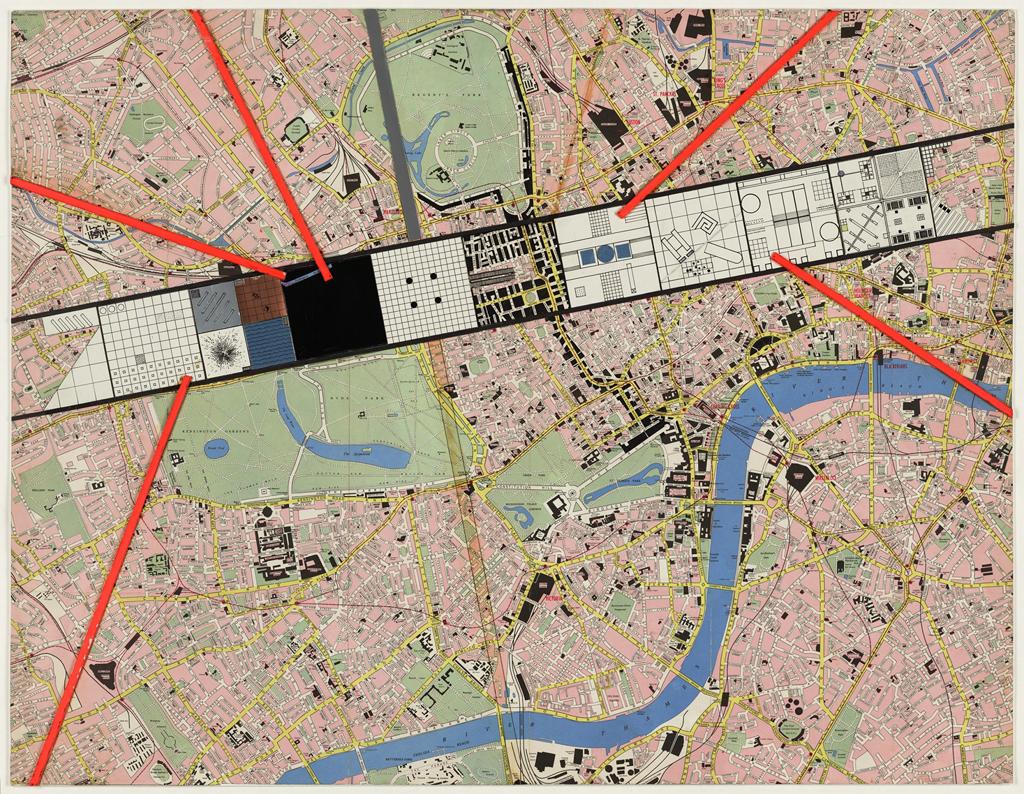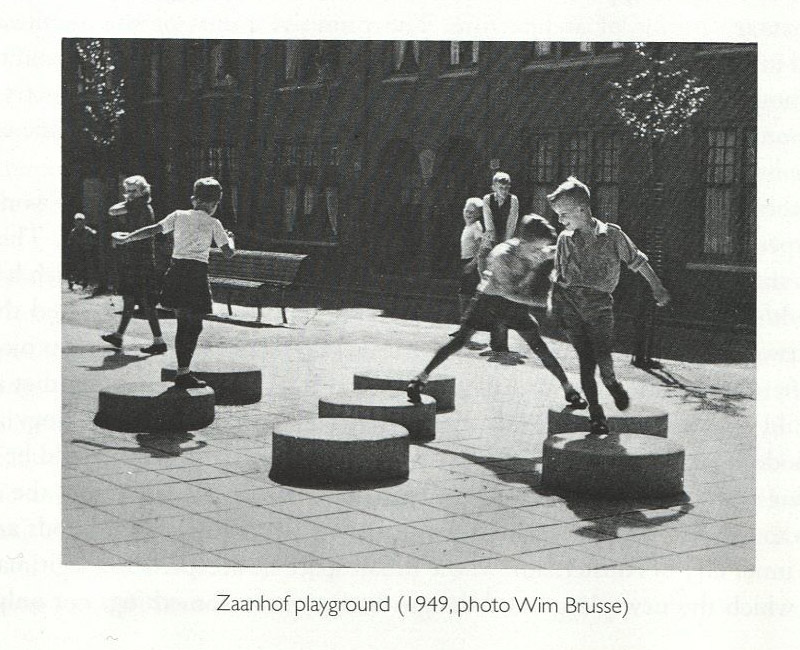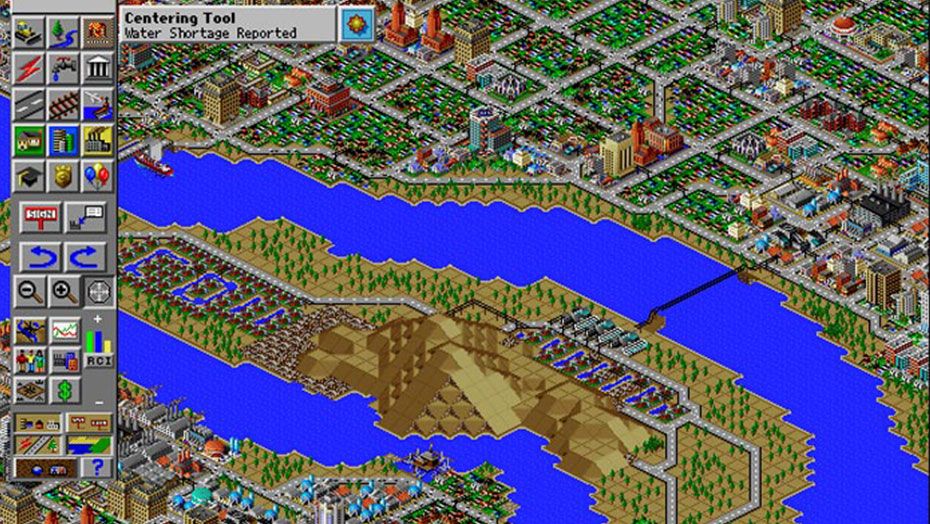




Time-Image of Cities:
Filmic Representations in Urban Imaginaries 1960’s -1970’s
Undergraduate Thesis in Architecture and Urban Studies
Advisors: Monica Ponce de Leon, Daniel Sherer, M. Christine Boyer
2020
Recipient of the School of Architecture Urbanism Prize, 2020
Advisors: Monica Ponce de Leon, Daniel Sherer, M. Christine Boyer
2020
Recipient of the School of Architecture Urbanism Prize, 2020
The emergence of art cinema, experimental videos and animations in the 1960’s and 1970’s took place simultaneously as architects and urban designers took a step back and
reflected on the legacy of modernism in urban design, though few in-depth studies looked into this concurrence. One result of this paradigm shift in the discipline of architecture
was questioning the modernist definition of presentness and the overlooked subjective experience of time. With media such as short films, storyboards, and animations,
architects and urban designers created time-based urban imaginaries that fit Gilles Deleuze’s definition of time-image in cinema, in which the coexisting past and present
formulate diverse and experimental narratives of time. Drawing from architectural history and media theory, the thesis investigates the ramifications of the application of timebased media in generating urban imaginaries in Europe and the U.S., as it interrogates the ideological and critical overtone embedded in such projects. This thesis contends that not only did these mediums serve as technical supports, but their medium specificity
was also incorporated in the conceptual and critical framework underlying the design proposals. Case studies include Aldo Rossi’s documentation film exploring the concept of analogy, Superstudio’s storyboards and films highlighting freeze-frames and imprisoned subjectivity, and Madelon Vriesendorp’s animation staging Manhattanism as a form
of animatism. Through historicizing the connections and exchanges in this period, a framework of cultural history that shaped the formal and ideological transition of bothdisciplines can be derived.
Princeton Theses Database
Princeton Theses Database









Hybrid Ludic Urbanism:
Designing Space for Play in Merging Realities
Junior Independent Work
Advisor: M. Christine Boyer
May 2019
Advisor: M. Christine Boyer
May 2019
Cities
have been the laboratories of architecture as well as society. One major critique against a
functionalist urban model is that other than seriousness and rationalism,
playfulness and spontaneity underpin human culture and should not be excluded. This
critique echoes cultural scholar and ludologist Johan Huizinga’ argument in his
book Homo Ludens, or “Human at Play”. The
dispute between the functionalists and the situationists reveals an inherent dichotomy
between utility and play in human culture. Although
neither claims victory over the other, seriousness often outweighs playfulness in
contemporary urban life. This situation is gradually changing as location-awareness
technology and web 2.0 reinvent urban space from being entirely physical to a
hybrid of physical and virtual realities: many urban inhabitants are establishing online profiles and identify with cyber communities, and their daily
life occupies and requires constant interactions between the two layers. This hybrid urban life demands new models of urbanism catering to the new needs
of hybrid transmission, connection, and entertainment; it is in this light that
situationist ludic urbanism seeks to expand its territory. The pioneers
venturing into a hybrid ludic urbanism, video games and location-based games
capture characteristics of the new hybrid urban space and project possibilities
of habitation. Despite not always bearing
a political agenda as the situationists, video and location-based games, as
earlier models of urbanism, carry revolutionary vision and potentials of shaping
the hybrid space so that it becomes accessible, engaging, and participatory.